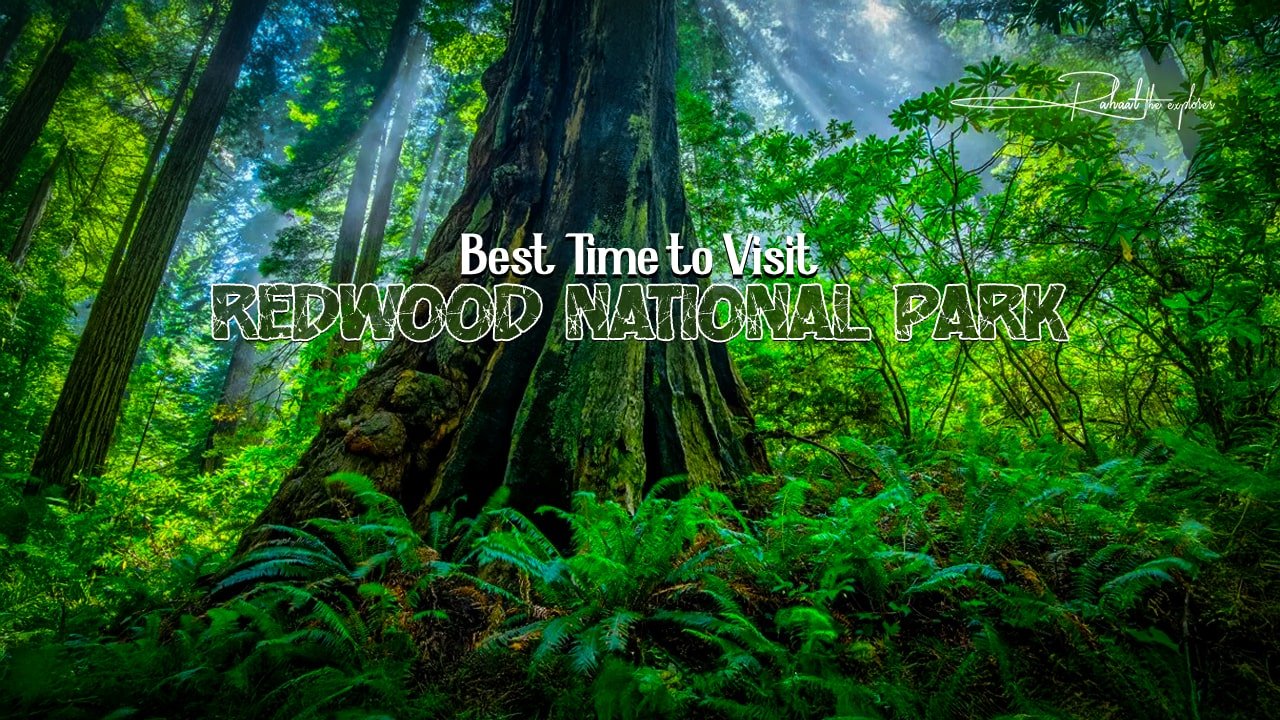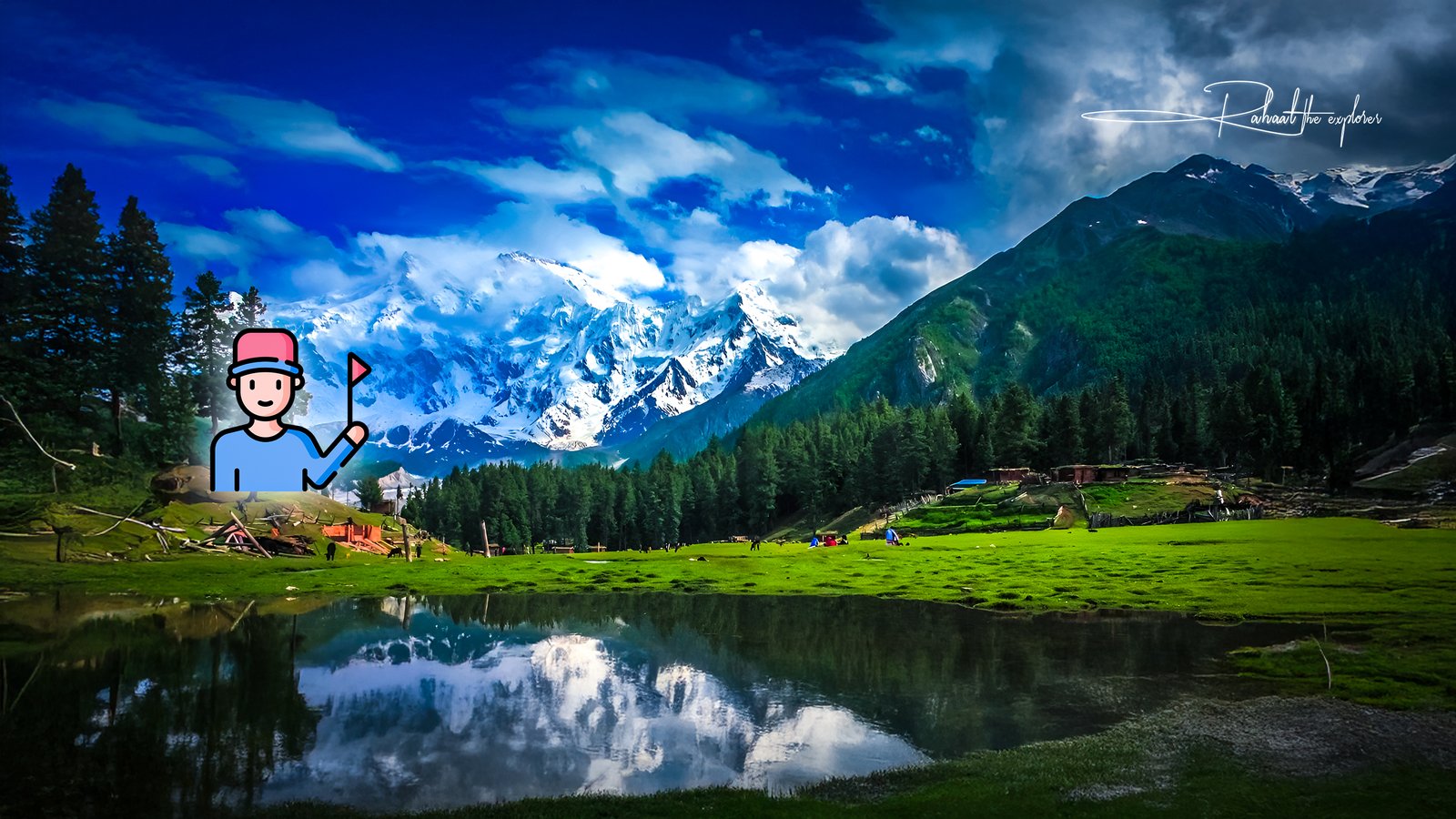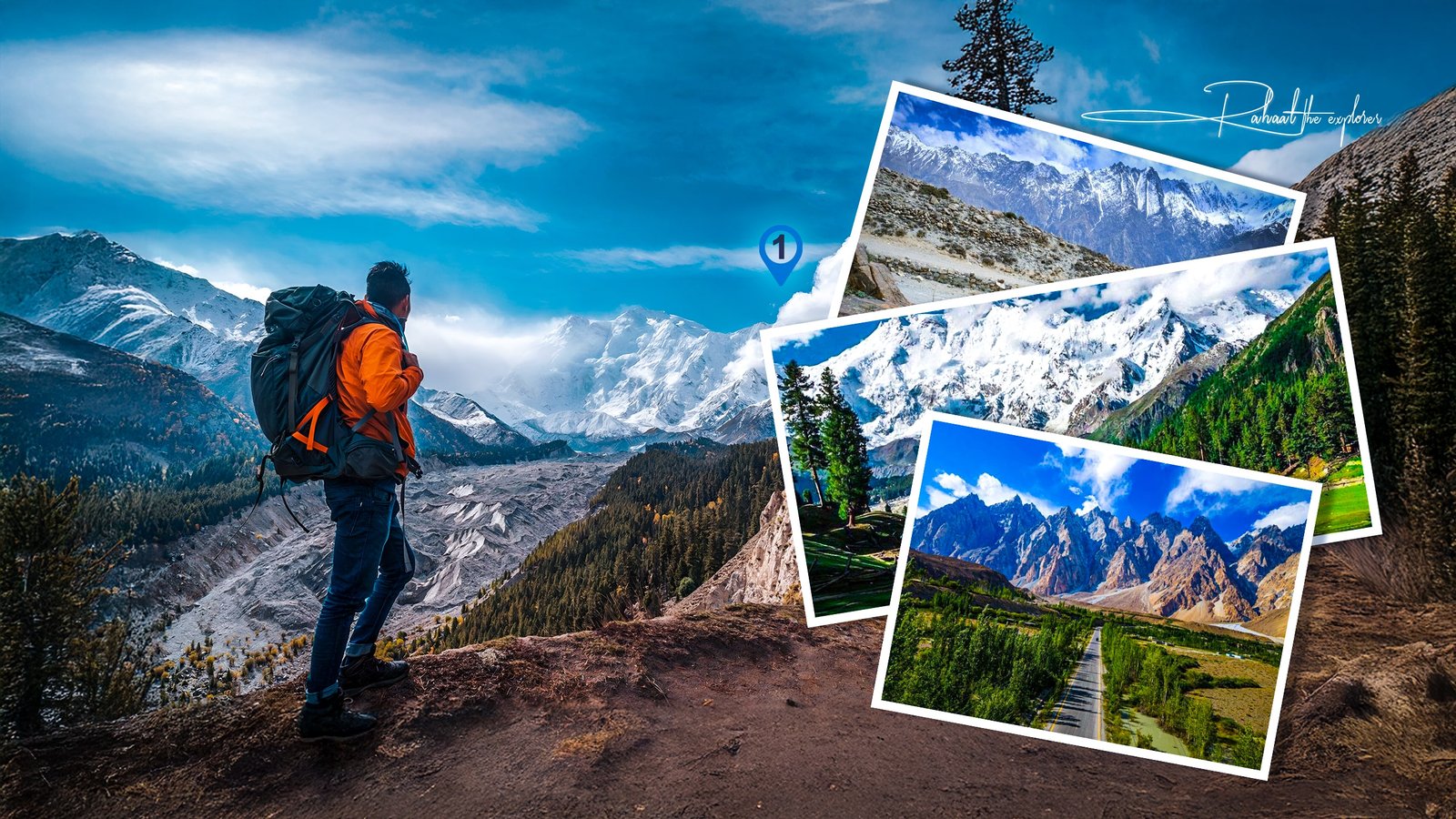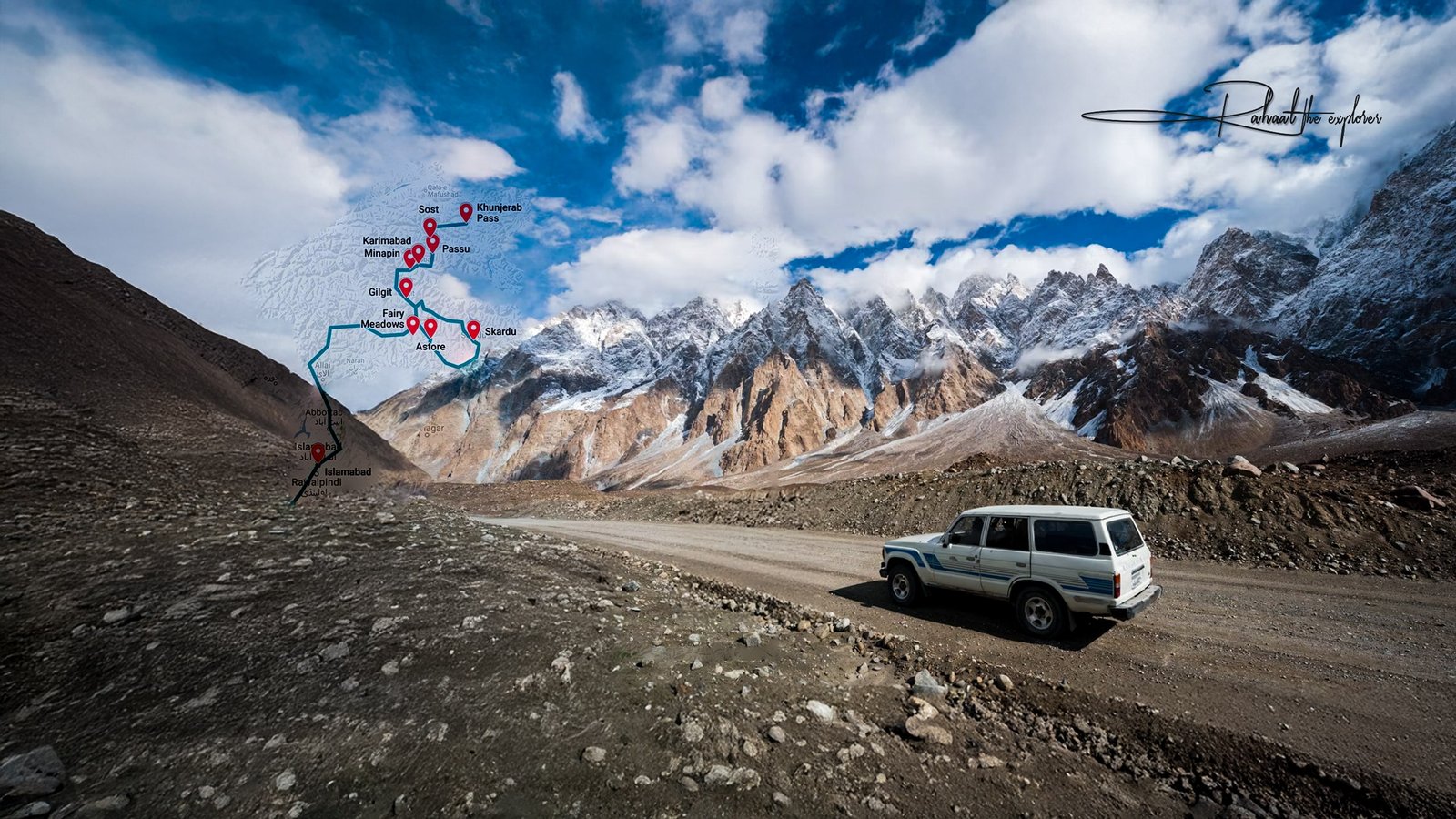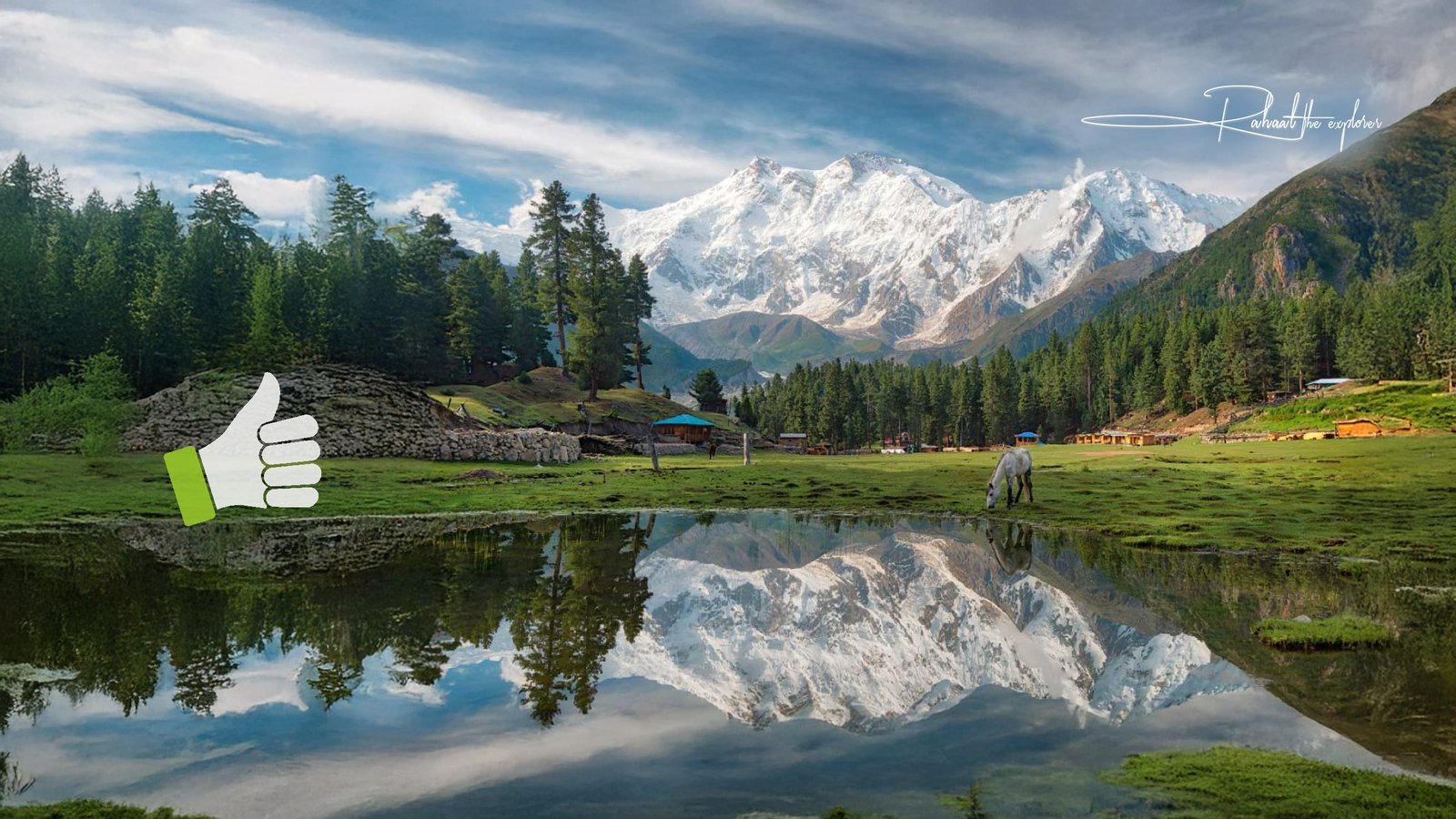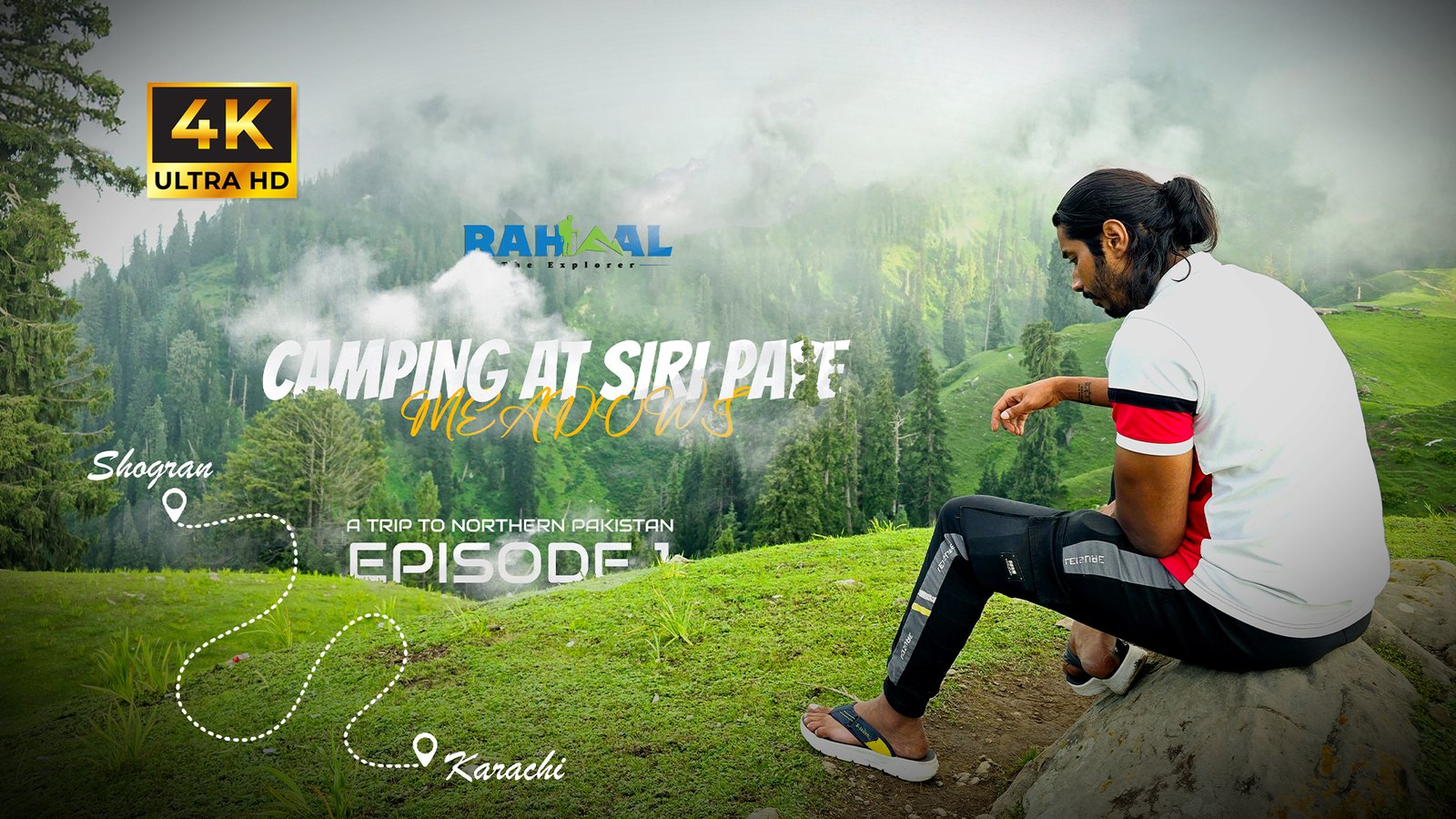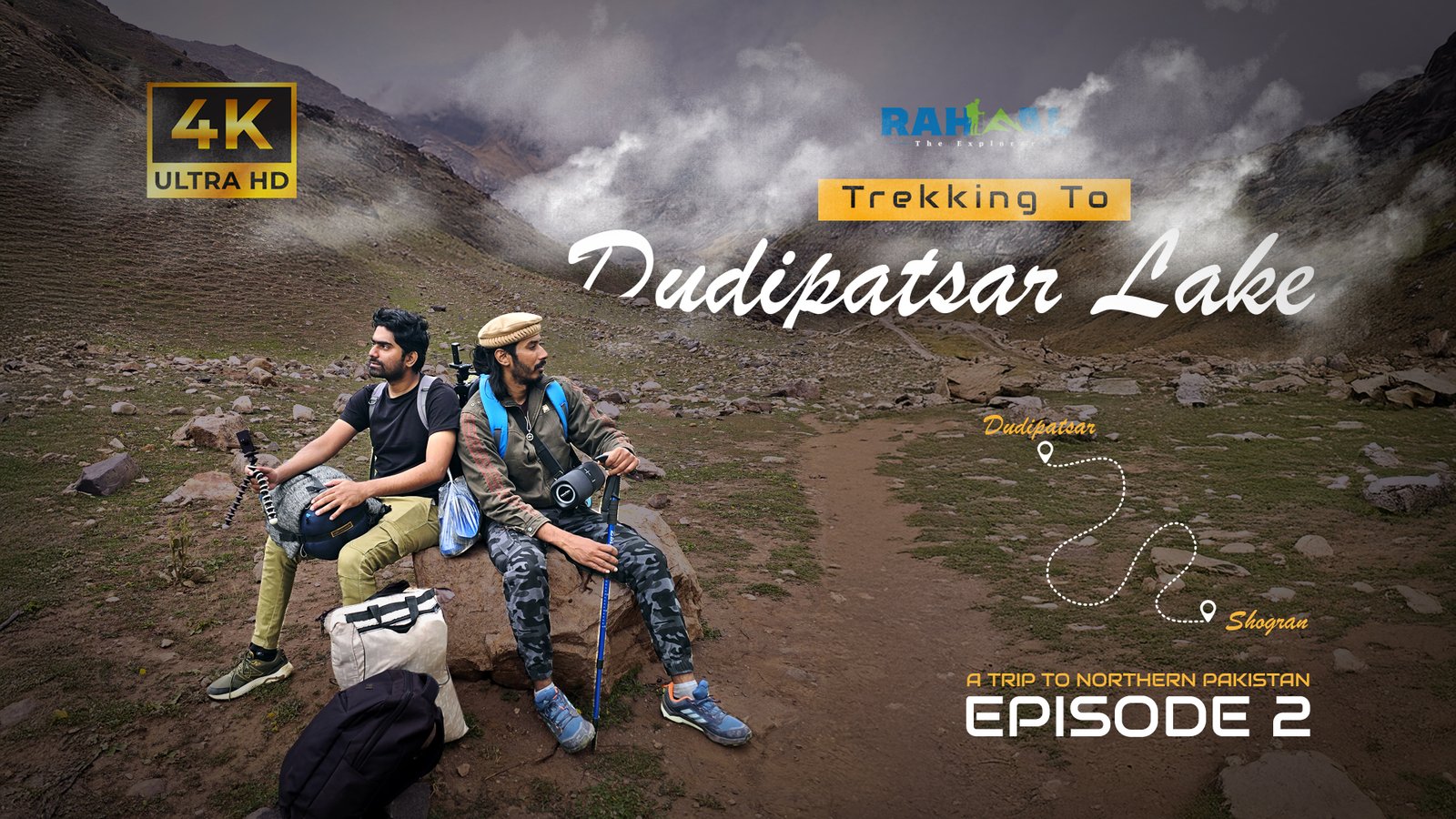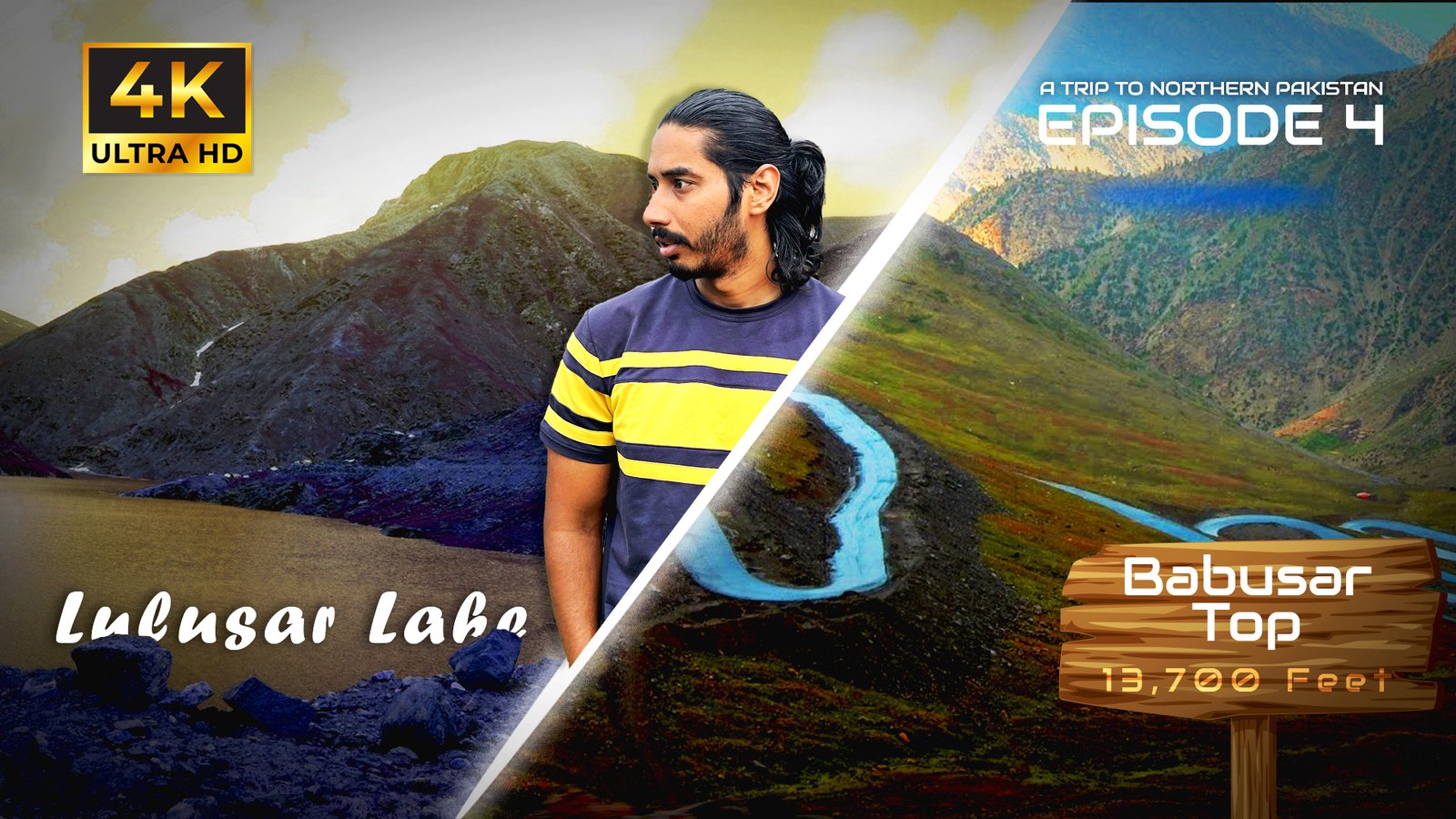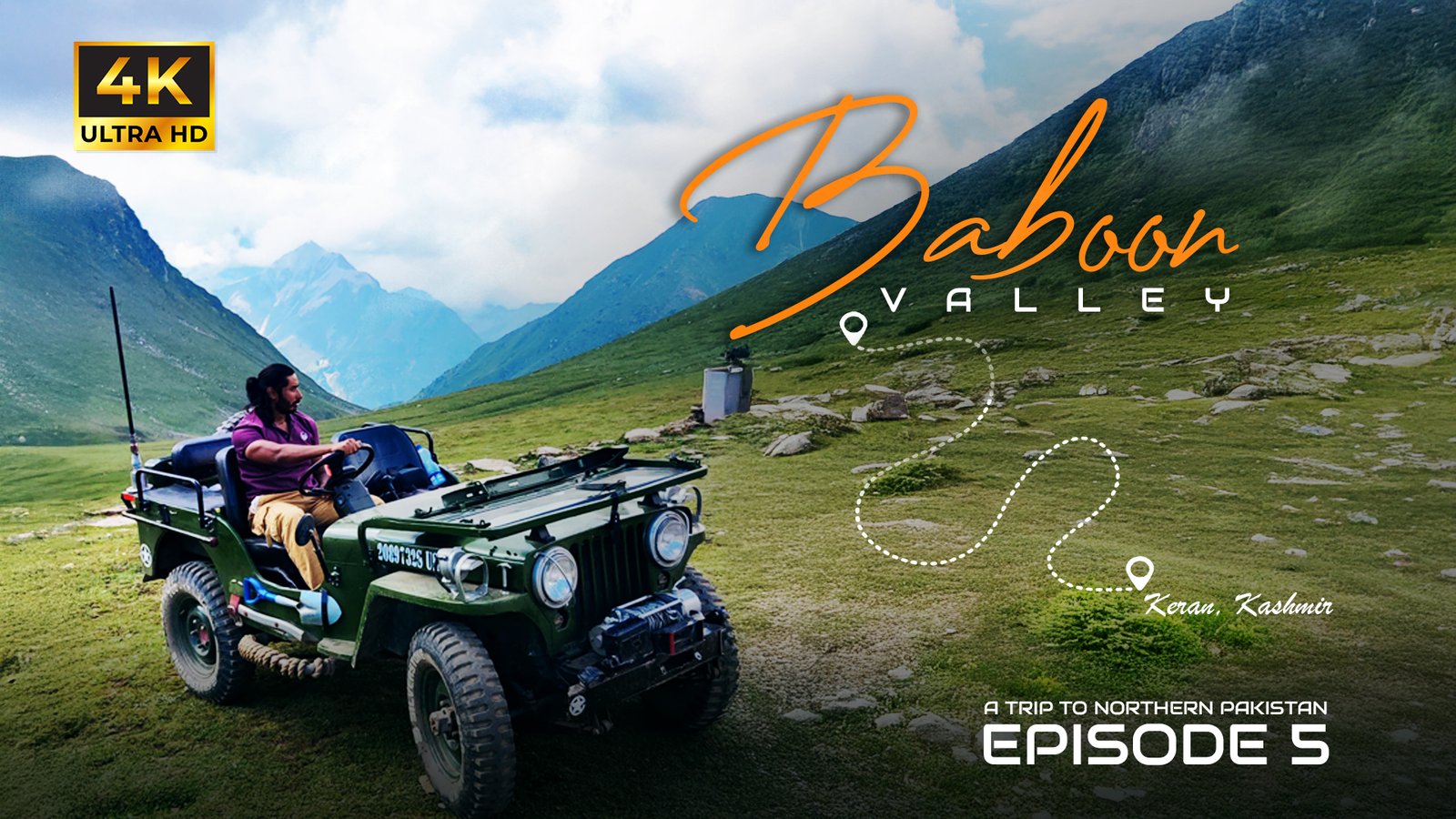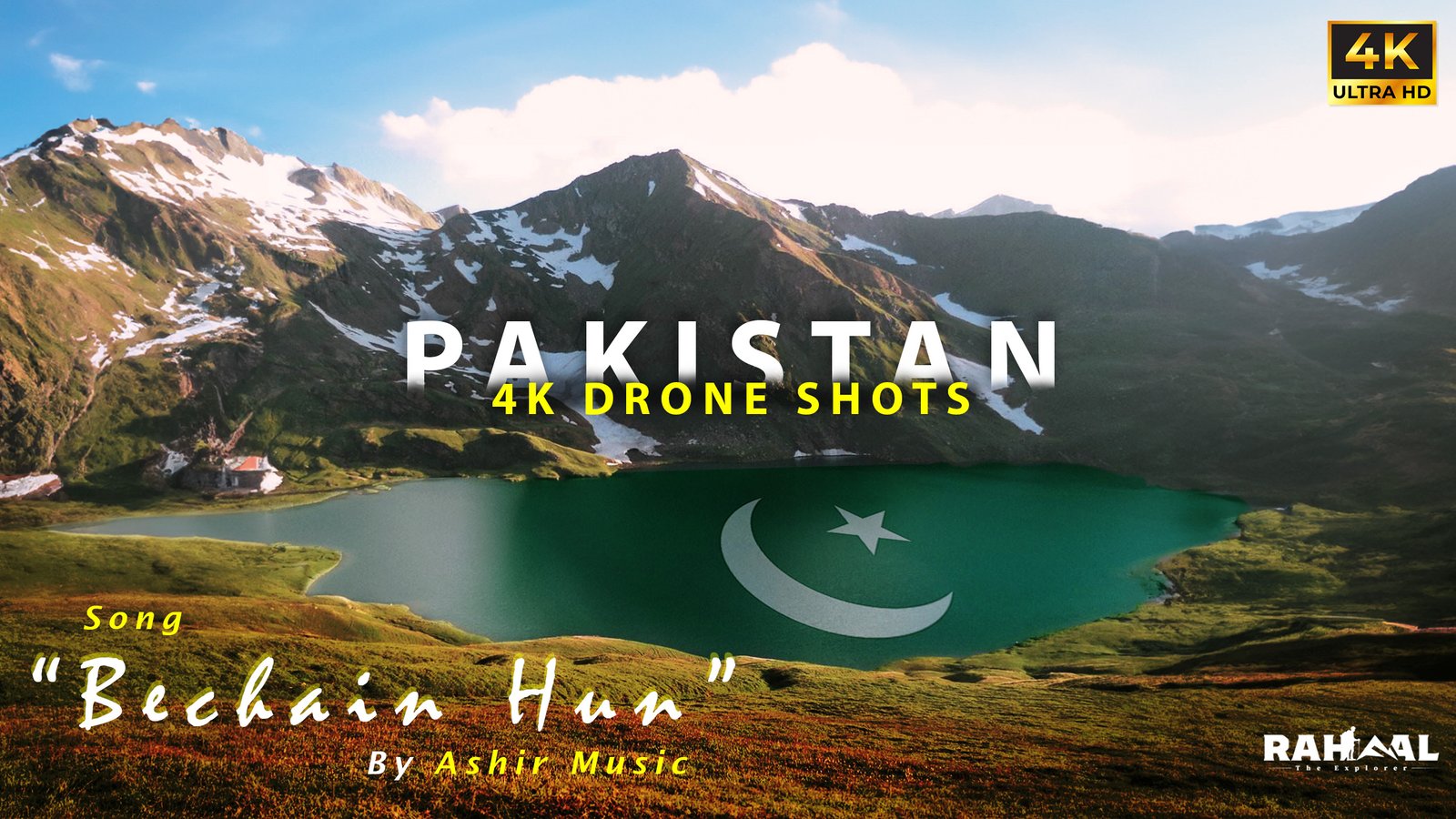Towering ancient trees, misty coastal trails, and a sense of timeless tranquility — Redwood National Park is one of California’s most awe-inspiring natural wonders. Stretching along the northern California coast, this UNESCO World Heritage Site is home to the world’s tallest trees — the coast redwoods, some reaching over 350 feet tall and living for more than 2,000 years.
For nature lovers, hikers, and photographers, few places compare to the beauty of this park. But when exactly is the best time to visit Redwood National Park? The answer depends on what you’re looking for — whether it’s mild weather, fewer crowds, or the perfect lighting for your Redwood National Park photos.
In this detailed guide, we’ll explore the park’s climate by season, top photography spots, hiking highlights, and practical travel tips to help you plan your unforgettable redwood adventure.
Understanding Redwood National Park’s Climate
Before choosing your travel dates, it’s important to understand the unique climate of California’s north coast. Unlike the dry interior regions, Redwood National Park experiences a mild, coastal maritime climate, with frequent fog, moderate rainfall, and comfortable temperatures year-round.
- Spring (March – May): Cool and misty, with lush green growth and vibrant wildflowers.
- Summer (June – August): Warm, sunny days with coastal fog in the mornings.
- Fall (September – November): Crisp air, golden light, and fewer crowds.
- Winter (December – February): Rainy, dramatic, and peaceful — ideal for solitude seekers and photographers.
Each season offers something special, and understanding these differences will help you choose the best time to capture Redwood National Park photos that reflect the park’s stunning atmosphere.
Spring: The Season of Renewal
Best for: Wildflowers, waterfalls, and soft morning fog.
Average Temperatures: 40°F–60°F (4°C–15°C)
Spring is one of the most picturesque times to visit Redwood National Park. The forests come alive with fresh greenery, moss-covered trunks, and blooming wildflowers carpeting the forest floor. The streams and waterfalls run strong, fed by winter rains, creating perfect conditions for both hiking and photography.
Why visit in spring:
- Fewer visitors than summer.
- Lush, green forest ideal for Redwood National Park photos.
- Comfortable hiking temperatures.
Photography Tip: Capture early morning fog drifting through the trees for a mystical, ethereal look. Use a tripod and low ISO to enhance the mood of your photos.
Summer: The Most Popular Time to Visit
Best for: Long days, full trail access, and camping.
Average Temperatures: 50°F–70°F (10°C–21°C)
Summer is the most popular season to visit Redwood National Park — and for good reason. Trails are fully open, campgrounds are active, and ranger-led programs are in full swing.
However, coastal fog — known locally as the “marine layer” — often rolls in during mornings, especially in June and July. While some visitors might find this gloomy, photographers love it — the soft, diffused light enhances details in tree bark and foliage, making it ideal for Redwood National Park photography.
Why visit in summer:
- Best access to hiking trails and campgrounds.
- Consistent weather with minimal rain.
- Vibrant wildlife activity, including Roosevelt elk sightings.
Photography Tip: Visit early in the morning or late in the afternoon when light filters through the forest canopy, creating beautiful rays of sunlight.
Pro Tip: Book accommodations early — summer crowds can make lodging scarce, especially in nearby towns like Crescent City or Trinidad.
Fall: The Golden Season for Photographers
Best for: Fewer crowds, golden light, and warm colors.
Average Temperatures: 45°F–65°F (7°C–18°C)
Autumn is arguably the best time to visit Redwood National Park for photography lovers. The park becomes quieter as summer crowds disperse, and the light takes on a warm, golden hue that beautifully illuminates the redwood trunks.
While redwoods are evergreen, other plants in the understory — such as vine maple and ferns — turn shades of gold and orange, adding a gentle contrast to the deep greens and browns of the forest.
Why visit in fall:
- Peaceful trails and mild weather.
- Beautiful seasonal color contrasts.
- Ideal conditions for Redwood National Park photos.
Photography Tip: Focus on contrast — golden leaves against dark redwood bark or streams framed by fall foliage. Late afternoon is the best time for rich, warm tones.
Winter: Tranquility and Dramatic Landscapes
Best for: Solitude, dramatic fog, and moody forest scenes.
Average Temperatures: 40°F–55°F (4°C–13°C)
Winter in Redwood National Park is serene and atmospheric. Frequent rain nourishes the forest, turning it a vibrant green. The mist and low-hanging clouds create a mysterious, cinematic effect — a dream for photographers seeking dramatic Redwood National Park photos.
While some trails can be muddy or slippery, most remain accessible. The main downside is that camping options are limited, and some facilities operate on reduced hours.
Why visit in winter:
- Minimal crowds.
- Moody, foggy atmosphere ideal for photography.
- Great lodging availability and off-season pricing.
Photography Tip: Overcast skies reduce harsh shadows, perfect for capturing even lighting in your forest compositions. Waterproof your camera gear and pack rain protection for yourself.
Best Photography Locations in Redwood National Park
Whether you’re a professional photographer or just love capturing nature’s beauty, Redwood National Park offers countless locations for stunning imagery. Below are some must-visit spots to photograph the park’s grandeur:
1. Lady Bird Johnson Grove
An easy, one-mile loop through ancient redwoods named after the former First Lady. The trail is elevated and often shrouded in fog — perfect for soft, diffused lighting in your photos.
2. Tall Trees Grove
Requires a free permit (available at visitor centers) but worth the effort. Some of the tallest trees on Earth are found here, including Hyperion (though its exact location is undisclosed for preservation).
3. Fern Canyon
Famous for its lush, vertical walls covered in ferns, this canyon feels like a prehistoric world. It’s also a popular filming location — scenes from Jurassic Park 2 were shot here.
4. Prairie Creek Redwoods State Park
Part of the Redwood National and State Parks complex, this area offers incredible trails like Cathedral Trees Trail and Big Tree Loop, ideal for capturing towering trunks and lush forest floors.
5. Gold Bluffs Beach
For contrast, head to the coast. The juxtaposition of fog-shrouded redwoods and crashing Pacific waves provides dynamic photo opportunities, especially during sunrise and sunset.
Tips for Taking the Best Redwood National Park Photos
Capturing the immense scale and mood of the redwoods can be challenging, but with the right approach, your images can truly reflect their majesty.
- Use a Wide-Angle Lens:
It helps emphasize the height of the trees and the depth of the forest. - Include a Human Element:
Adding a person in the frame provides perspective and shows the incredible size of the redwoods. - Shoot in RAW Format:
Gives you more flexibility when adjusting shadows and highlights during editing. - Focus on Details:
Don’t just photograph the trees — include moss textures, fallen logs, streams, and light rays. - Visit at Different Times of Day:
Morning fog adds mystery, while late afternoon offers golden light filtering through the trees. - Respect Nature:
Stay on marked trails and avoid disturbing vegetation or wildlife while shooting.
Hiking Trails to Explore and Photograph
If you’re looking to pair your photography adventure with scenic hiking, Redwood National Park has an extensive network of trails ranging from easy walks to challenging backcountry treks.
Top trails to consider:
- Lady Bird Johnson Grove Trail (1 mile loop) – Perfect for beginners and foggy photo conditions.
- Prairie Creek Trail to Cathedral Trees (6 miles) – A dense forest walk with impressive redwoods.
- James Irvine Trail to Fern Canyon (10 miles round trip) – A full-day adventure combining forest and canyon.
- Tall Trees Grove Trail (4 miles round trip) – Leads to one of the most iconic groves in the park.
Each trail offers countless opportunities for Redwood National Park photos — from wide-angle landscapes to intimate close-ups of bark, ferns, and flowing streams.
Where to Stay Near Redwood National Park
While there are limited options within the park itself, nearby towns offer a range of lodging choices for every traveler.
Closest towns and accommodations:
- Crescent City: Offers hotels, motels, and restaurants near the northern entrances.
- Klamath: Small, quiet town ideal for easy access to Prairie Creek Redwoods.
- Trinidad: A charming coastal village with vacation rentals and ocean views.
If you prefer camping, the Gold Bluffs Beach Campground and Elk Prairie Campground are scenic options with proximity to major hiking trails.
Best Time to Visit Redwood National Park for Photography
If your main goal is to capture Redwood National Park photos, the ideal months are April through October.
- April–May: Lush greenery and wildflowers.
- June–August: Foggy mornings and clear afternoons for soft lighting.
- September–October: Warm hues, less fog, and fewer crowds.
Winter also provides excellent opportunities for moody forest scenes, though you’ll need to prepare for rain and limited light.
Travel Tips for a Perfect Visit
- Dress in Layers: Weather can shift quickly from foggy and cool to sunny and warm.
- Bring Waterproof Gear: The forest is often damp, and mist can be heavy even without rain.
- Check Park Conditions: Trails and roads may close temporarily during storms.
- Carry Cash: Some remote areas lack card payment options or cell service.
- Respect the Forest: Avoid touching the redwood bark or climbing fallen trees to preserve the delicate ecosystem.
FAQs About Visiting Redwood National Park
1. When is the best time to visit Redwood National Park?
The best time depends on your goals. For dry weather and accessible trails, visit from June to September. For photography and fewer crowds, April–May and September–October are ideal.
2. Where can I take the best Redwood National Park photos?
Top locations include Fern Canyon, Lady Bird Johnson Grove, Tall Trees Grove, and Prairie Creek Redwoods.
3. Is Redwood National Park open year-round?
Yes, the park is open all year, but some facilities and trails may close during winter storms.
4. Can I camp in Redwood National Park?
Yes, several campgrounds operate year-round, including Elk Prairie, Gold Bluffs Beach, and Mill Creek. Reservations are recommended in summer.
5. Are there entrance fees?
Redwood National Park itself doesn’t charge an entrance fee, but some of the connected state parks may require small day-use fees.
6. How long should I plan to stay?
A minimum of two to three days allows enough time to explore the main groves, photograph sunrise and sunset, and enjoy a few hiking trails.
7. Can I bring my dog?
Dogs are allowed only in designated areas, such as campgrounds and some roads. They’re not permitted on most trails to protect wildlife.
Final Thoughts
Visiting Redwood National Park is like stepping into a living cathedral — where the silence, height, and timelessness of the trees remind you how small we are in nature’s grand design.
Whether you visit in the lush spring, foggy summer, golden fall, or quiet winter, each season reveals a different side of this magical landscape. And for photographers, no two days — or even two moments — ever look the same.
Plan your trip with the right timing, patience, and curiosity, and you’ll not only witness but also capture the spirit of Redwood National Park in photos that last a lifetime.


